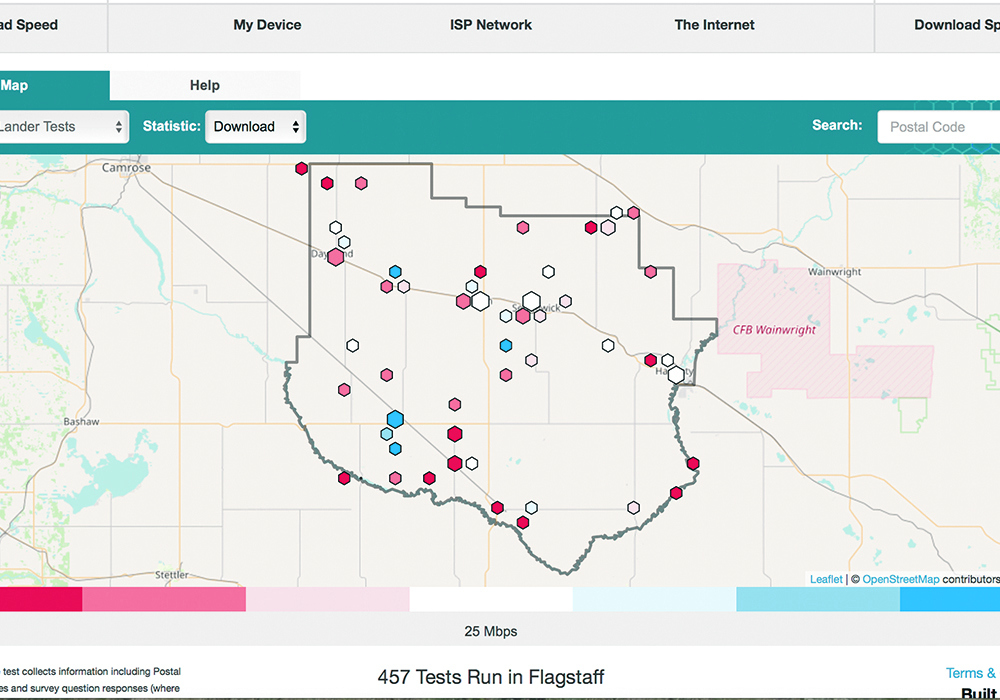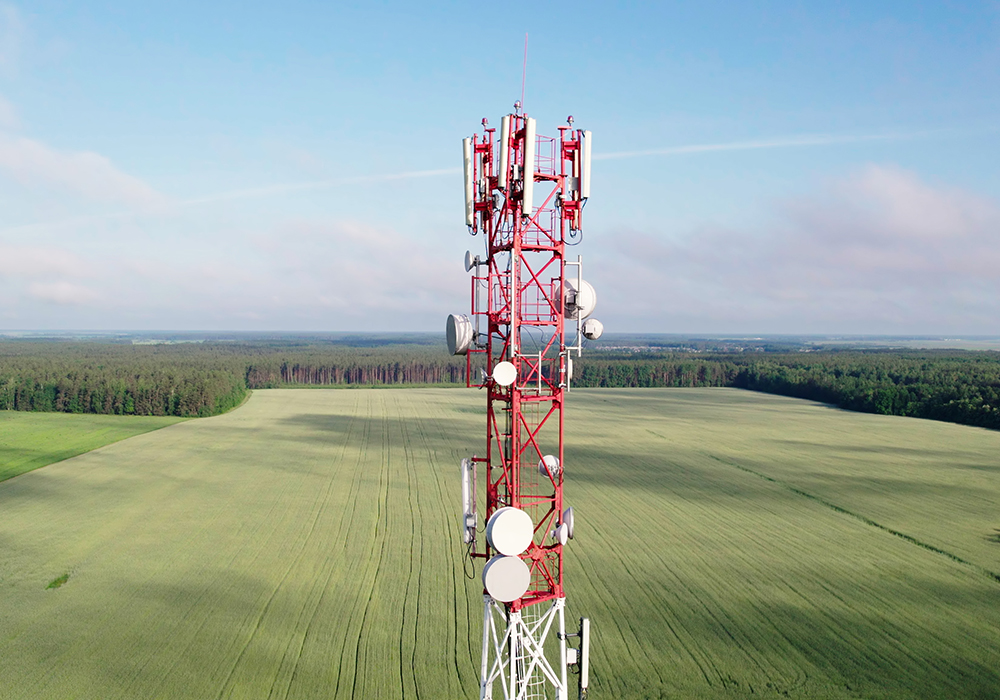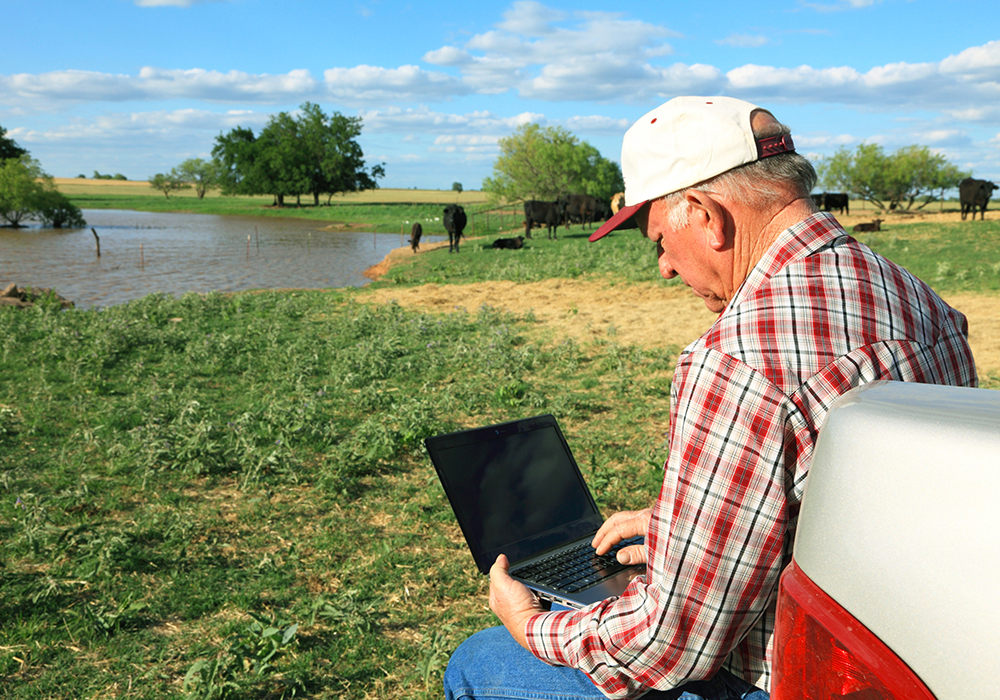Flagstaff County officials hope internet speed testing by residents will be the proof required to demonstrate how poor their internet service is in their central Alberta region and help secure funding to upgrade the service.
“We need a quantifiable, measurable, unbiased, objective report to show how significantly we are being underserved,” said Kristy Jackson, economic development co-ordinator with the county.
In 2016, the federal Canadian Radio-television and Telecommunications Commission declared broadband an essential service and set a goal for all Canadians to have a data download speed of at least 50 megabytes per second and upload speeds of at least 10 mbps by 2030.
Read Also

Manitoba bans wild boar possession
Manitoba has tightened the regulatory status of Eurasian wild boar in an effort to help fight back against invasive wild pigs.
Early results from the joint county and CIRA internet performance tests in the county showed median download speeds of 11.99 mbps and 1.1 mbps upload speed.
“We are wildly below the guidelines.”
At Jackson’s farm between Flagstaff and Galahad, the test measured their download internet speed at less than one megabyte.
“It was horrendous. I am advocating for broadband and I have one of the worst internet speeds in the county,” she said.
Jackson said they are encouraging residents across the county to test their internet speed at multiple times of the day and week using the CIRA performance test site. The results are recorded anonymously and the data is accumulated to help the county build a case for better service.
“The tests also give our ratepayers the ability to let their service providers know this is what they’re paying for but when they do this test, they are not getting the services or speeds they are paying for. So, they have a little bit more leverage with their service providers.”
The pandemic has shone a spotlight on the need for reliable broadband service with students switching to online classes and staff asked to work from home, both with varied success, depending on their home internet.
The county knows the wide-open spaces, good schools and low cost of living could attract more businesses and professionals to their area, but without good internet, it is a tough sell.
“If we were more connected, rural Alberta could be more sustainable and successful and attract new industry and professionals,” said Jackson.
The CIRA performance tests, designed to measure internet speeds, are not the first attempt to improve internet service. Flagstaff County has advocated for better broadband connectivity since 2017. They’ve met with service providers, hired consultants and worked with larger economic development agencies to find ways to encourage service providers to upgrade internet infrastructure.
“We’re a county that has invested five years into getting options, analysis, very good costing and potential partners flushed out.”
But with just more than 8,000 people scattered throughout the region, including those living in the 10 hamlets and towns, with no major centre, makes it difficult to convince service providers to provide internet service.
“We have multiple service providers that dabble in different parts of the county. It is very inconsistent for who you can get as a supplier. It is confusing from a consumer standpoint.
“The options are very limited. There is not a lot of competition. You can take whatever is available and hope for the best.”
With recent federal and provincial funding announcements of $300 million for service upgrades in Alberta, Jackson said the combination of good data and the county’s previous work should help it develop a plan to secure funds to improve service.
“We’re hoping all the work over the past five years and the data will give us a very good application to obtain federal or provincial funding and attract a private partner, a public partner or service provider and get us to where we want to be.
“We’re hoping to not just get grant money, but to have a long-term sustainable solution.”















